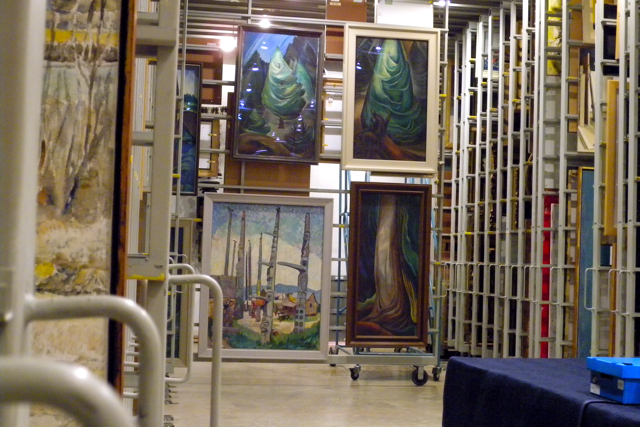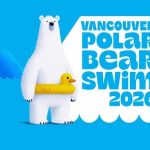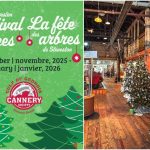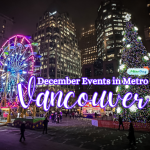Who Are the Group of Seven Painters?
This evening a painting by a Group of Seven artist became most expensive Canadian artwork ever sold at auction. Lawren Harris‘ 1926 piece Mountain Forms, depicting Alberta’s Mount Ishbel in the Sawback Range of the Rocky Mountains in Banff National Park, sold at the hammer for $9.5 million.
The white glove treatment-will this #LawrenHarris set record for Canadian painting? At #heffelauction now! #cbcent pic.twitter.com/uA1SFUmKiE
— Deana Sumanac-Johnson (@deanasumanac) November 24, 2016
Harris is one of seven Canadian artists that are celebrated and revered for their works – but just what and who are the Group of Seven?
Who Are the Group of Seven Painters?
The Group of Seven, also known as the Algonquin School, was a group of Canadian landscape painters from 1920 to 1933. Original members were:
- Franklin Carmichael (1890–1945)
- Lawren Harris (1885–1970)
- A.Y. (Alexander Young) Jackson (1882–1974)
- Frank Johnston (1888–1949)
- Arthur Lismer (1885–1969)
- J. E. H. MacDonald (1873–1932)
- Frederick Varley (1881–1969) » there’s a great 3-part piece about Varley’s North Vancouver roots here.
Later, A. J. Casson (1898–1992) was invited to join in 1926; Edwin Holgate (1892–1977) became a member in 1930; and LeMoine FitzGerald (1890–1956) joined in 1932. Two artists commonly associated with the group are Tom Thomson (1877–1917) and Emily Carr (1871–1945). So, it’s really a group of about a dozen.
Five were originally employees of the design firm Grip Ltd. in Toronto. In 1913, they were joined by A.Y. Jackson and Lawren Harris. They often met at the Arts and Letters Club of Toronto to discuss their opinions and share their art. The group is best known for its paintings inspired by the Canadian landscape, and for initiating the first major Canadian national art movement.
The Vancouver Art Gallery has featured Group of Seven works in the past, including an exhibition “Emily Carr and the Group of Seven” back in 2008.
Carr first met members of the Group of Seven in 1927 when she exhibited her work in the exhibition West Coast Art: Native and Modern. On her way to Ottawa for the exhibition, she met Frederick Varley, Arthur Lismer, A.Y. Jackson, J.E.H. MacDonald and, most importantly, Lawren S. Harris. Famously, Lawren Harris told Carr, who had felt unappreciated as an artist, “you are one of us.” This acceptance re-energized her career.
You can find Lawren Harris‘ Tamarack Swamp, Algoma (1920) in the Vancouver Art Gallery‘s permanent collection. After the dissolution of the Group of Seven in 1933, Harris moved toward abstraction and in 1940 he relocated to Vancouver, where he remained until his death in 1970. During these later years he became a major figure in the community and an important leader in the life of the Vancouver Art Gallery, in particular encouraging the development of its Emily Carr Trust collection.
Learn more about Canadian art and its history by visiting the Vancouver Art Gallery this season.











